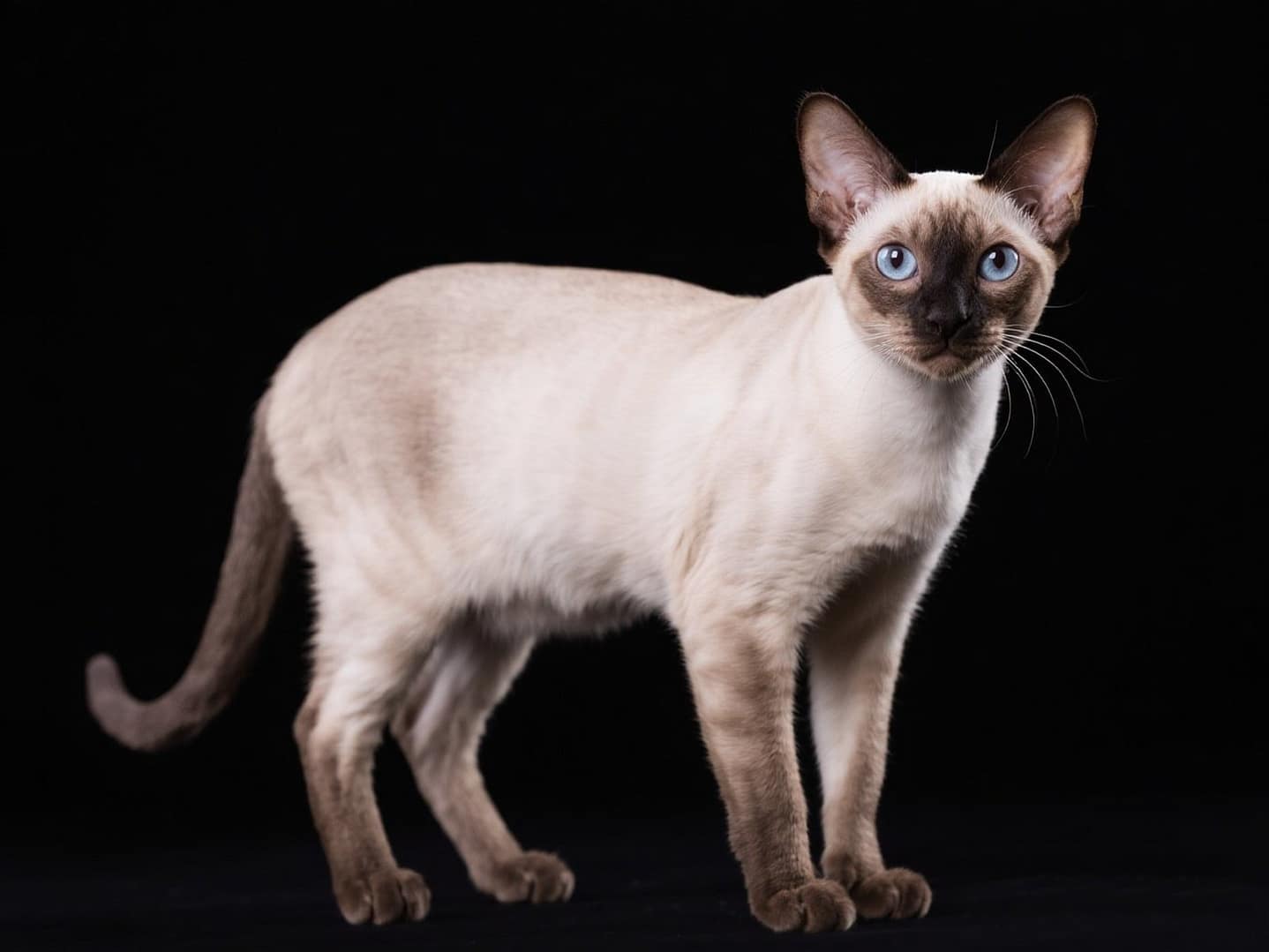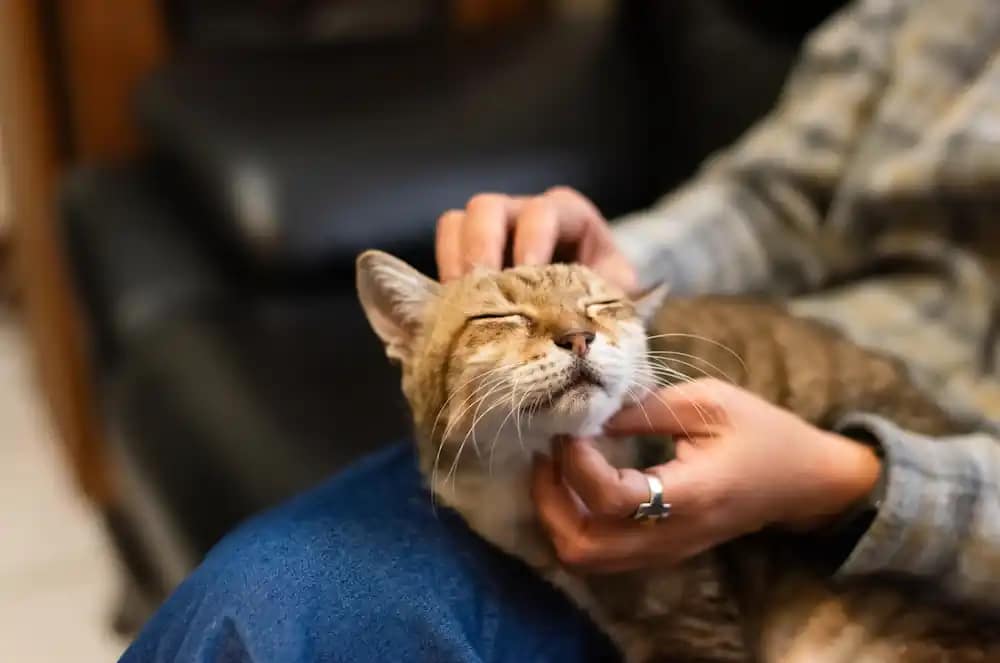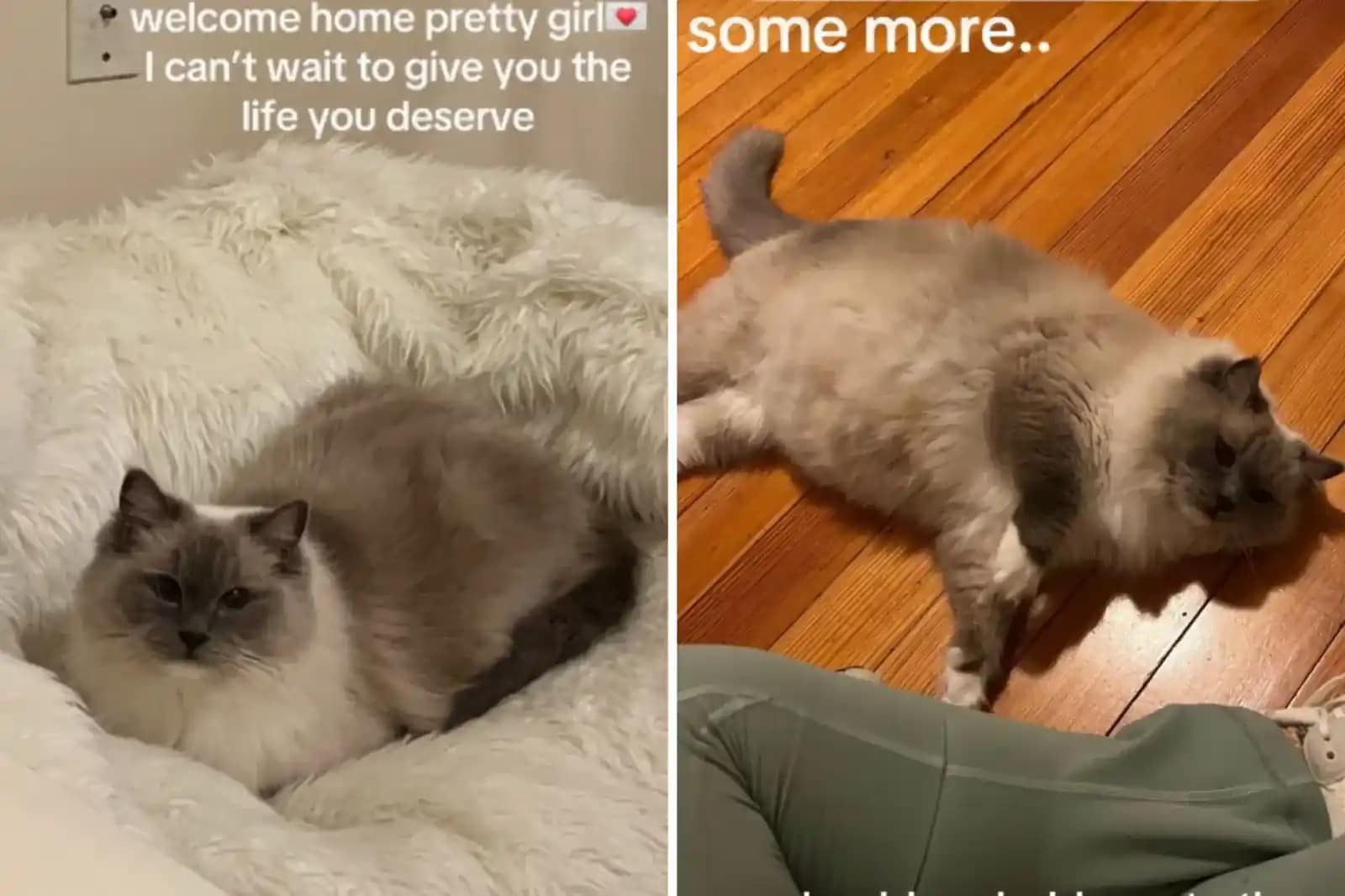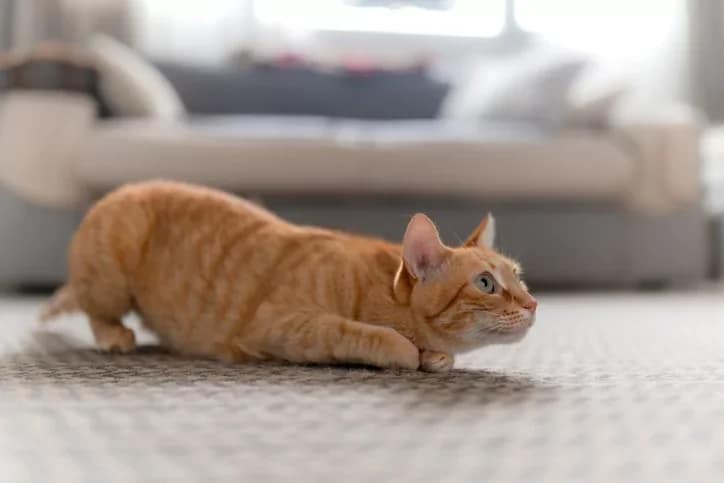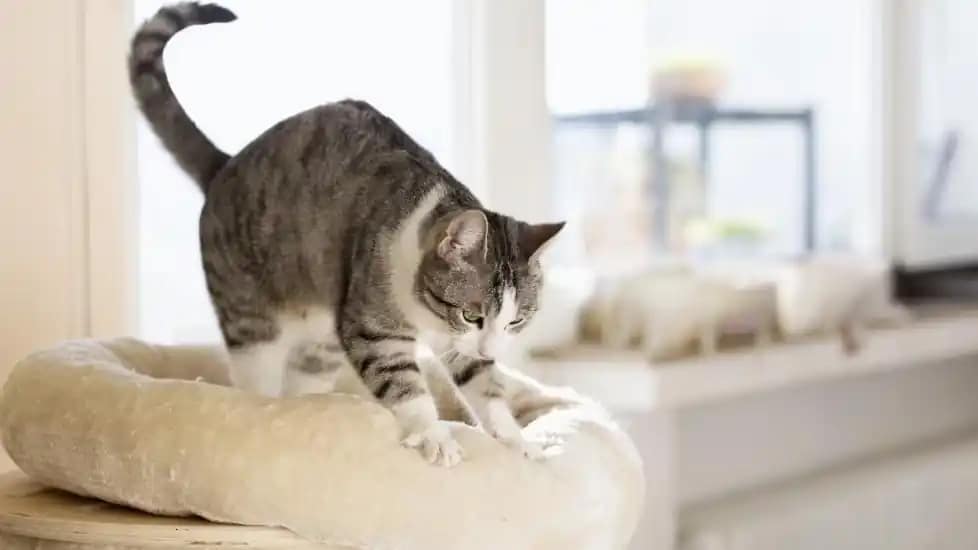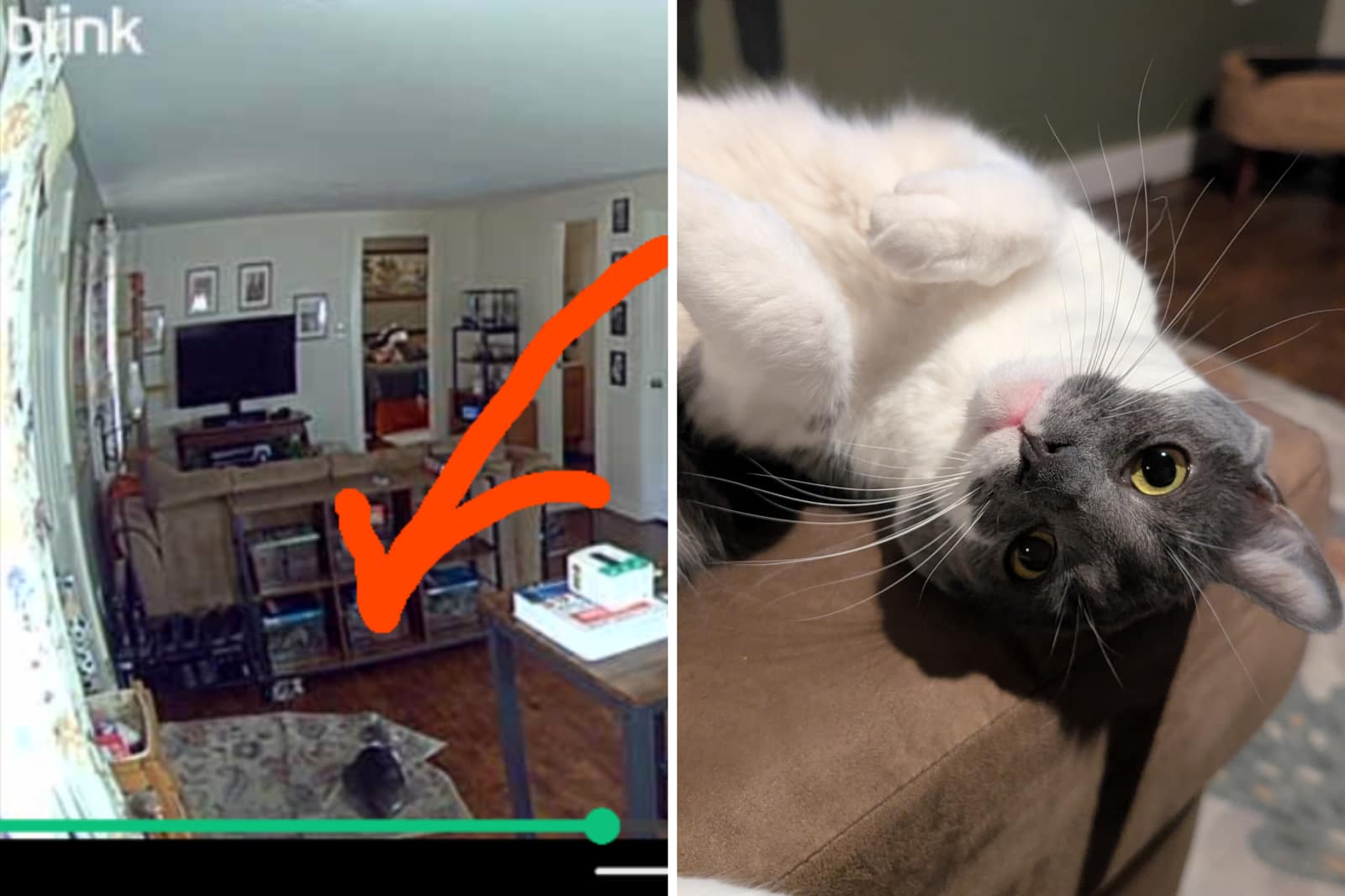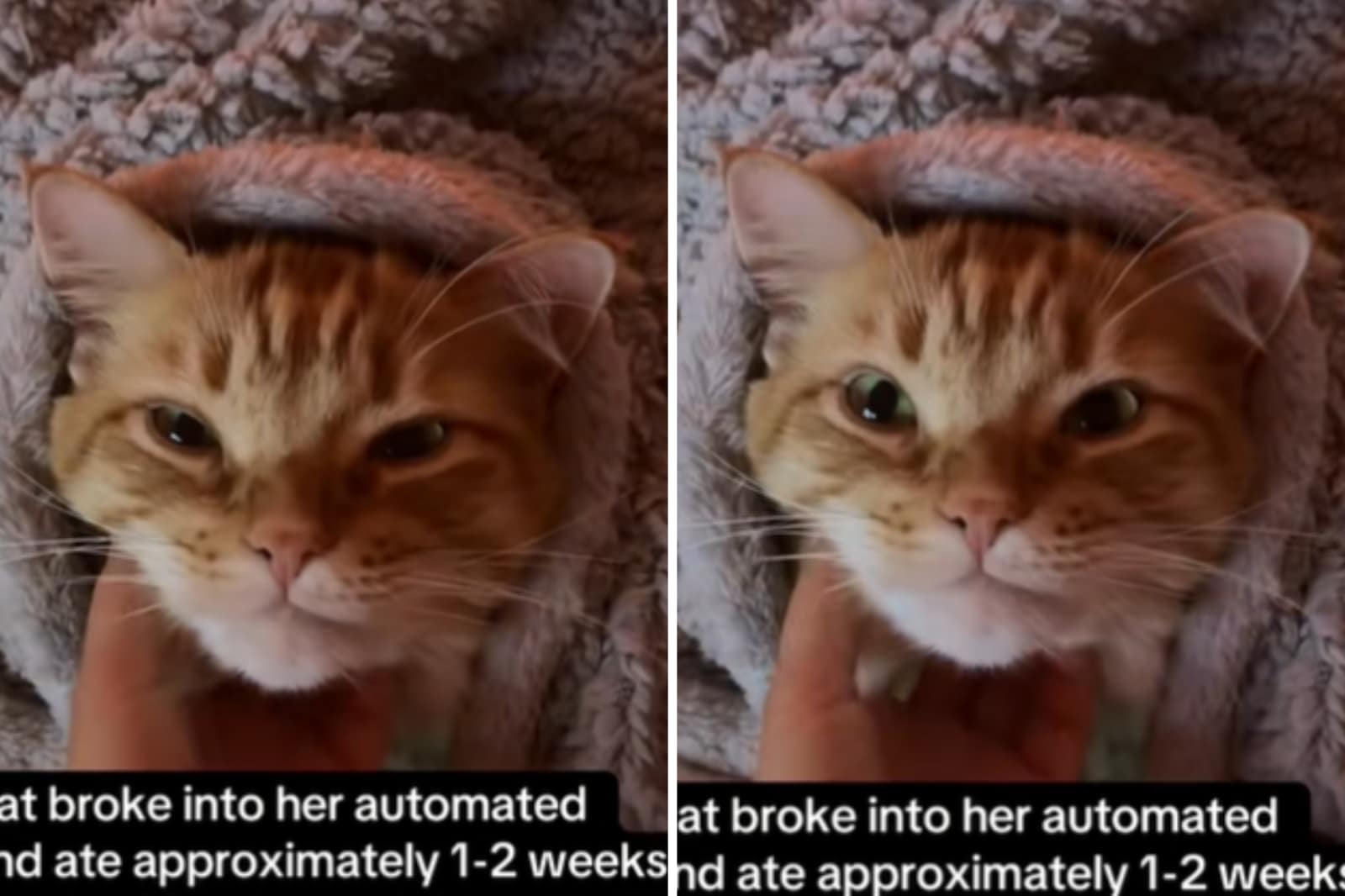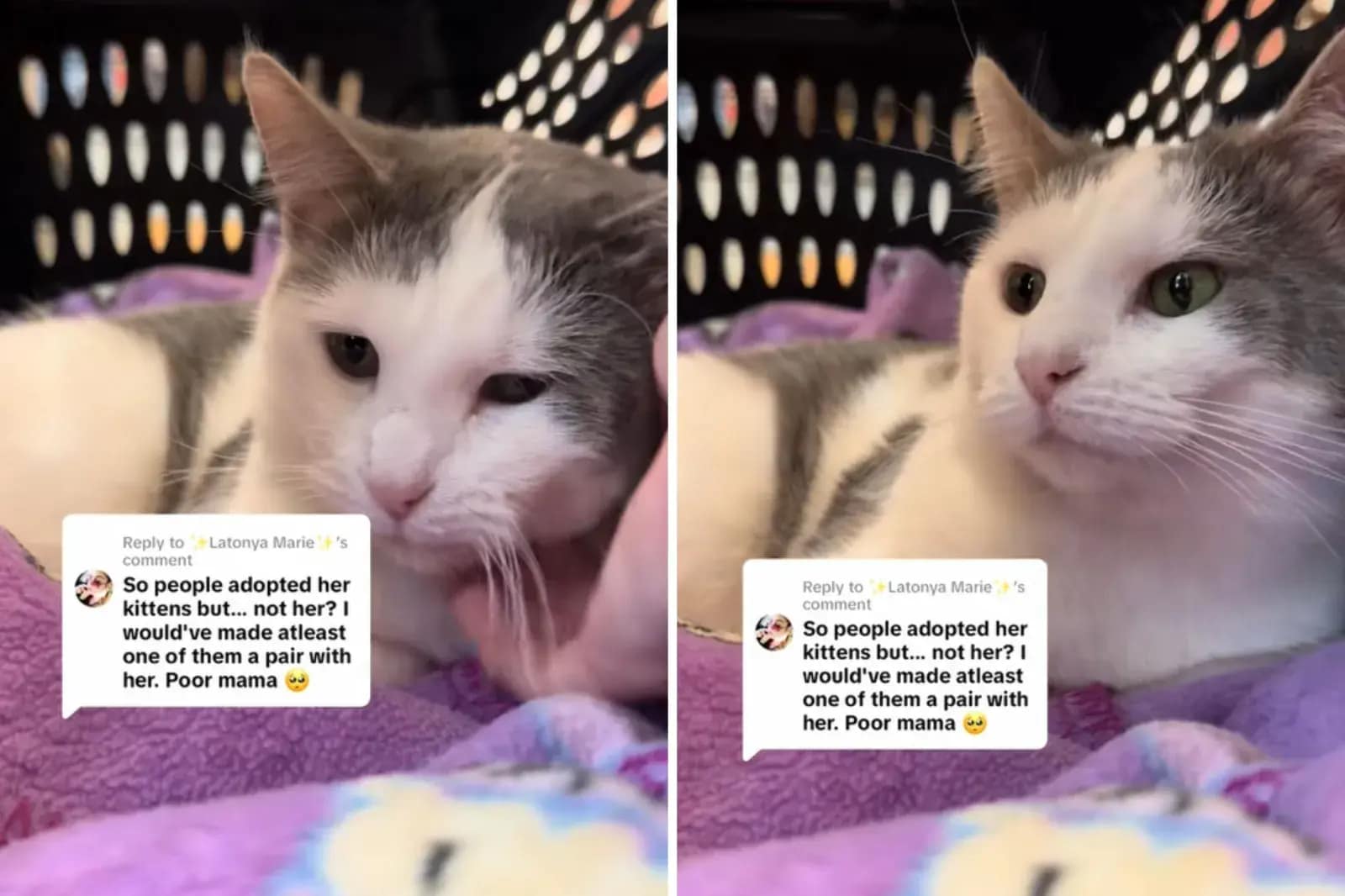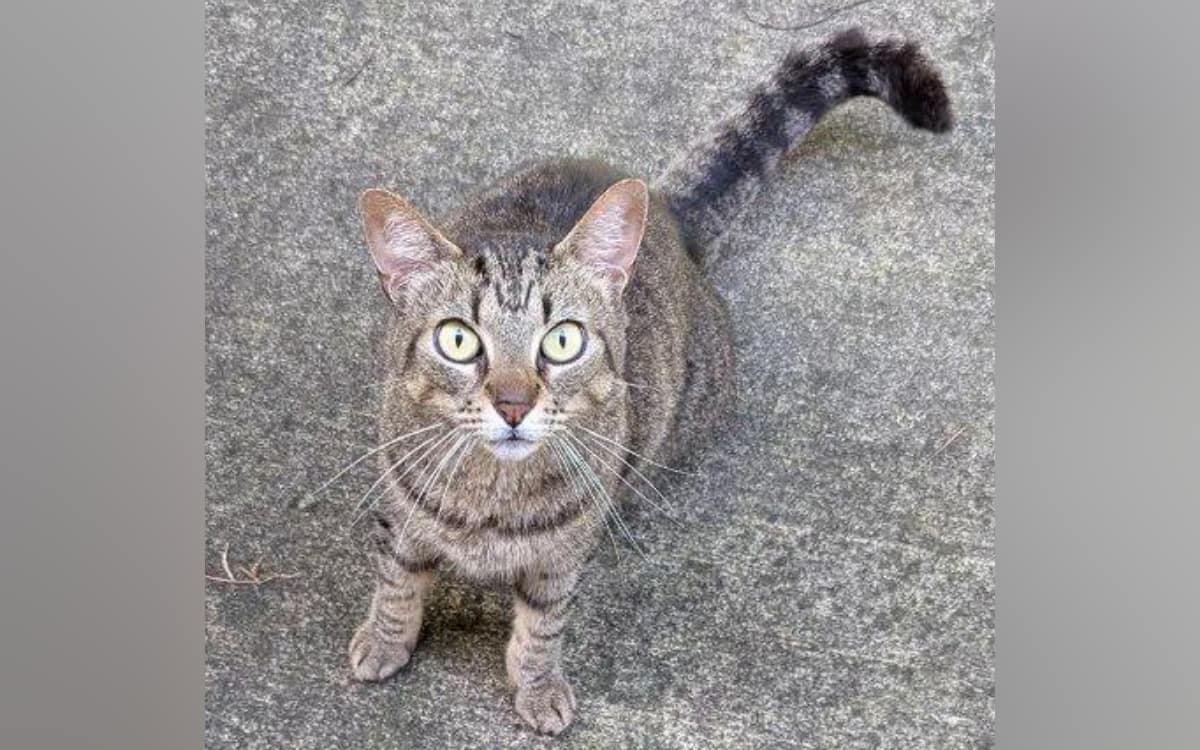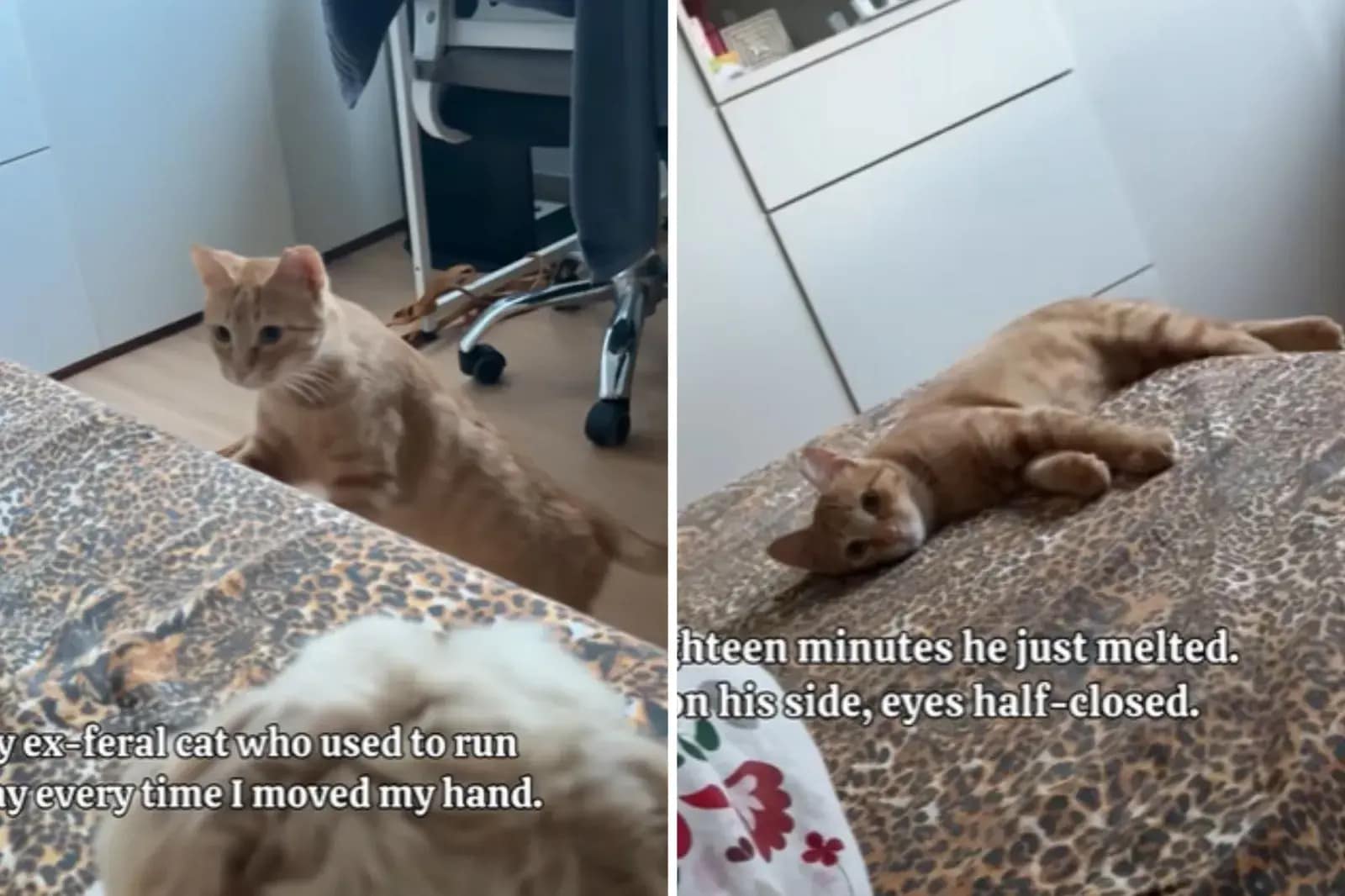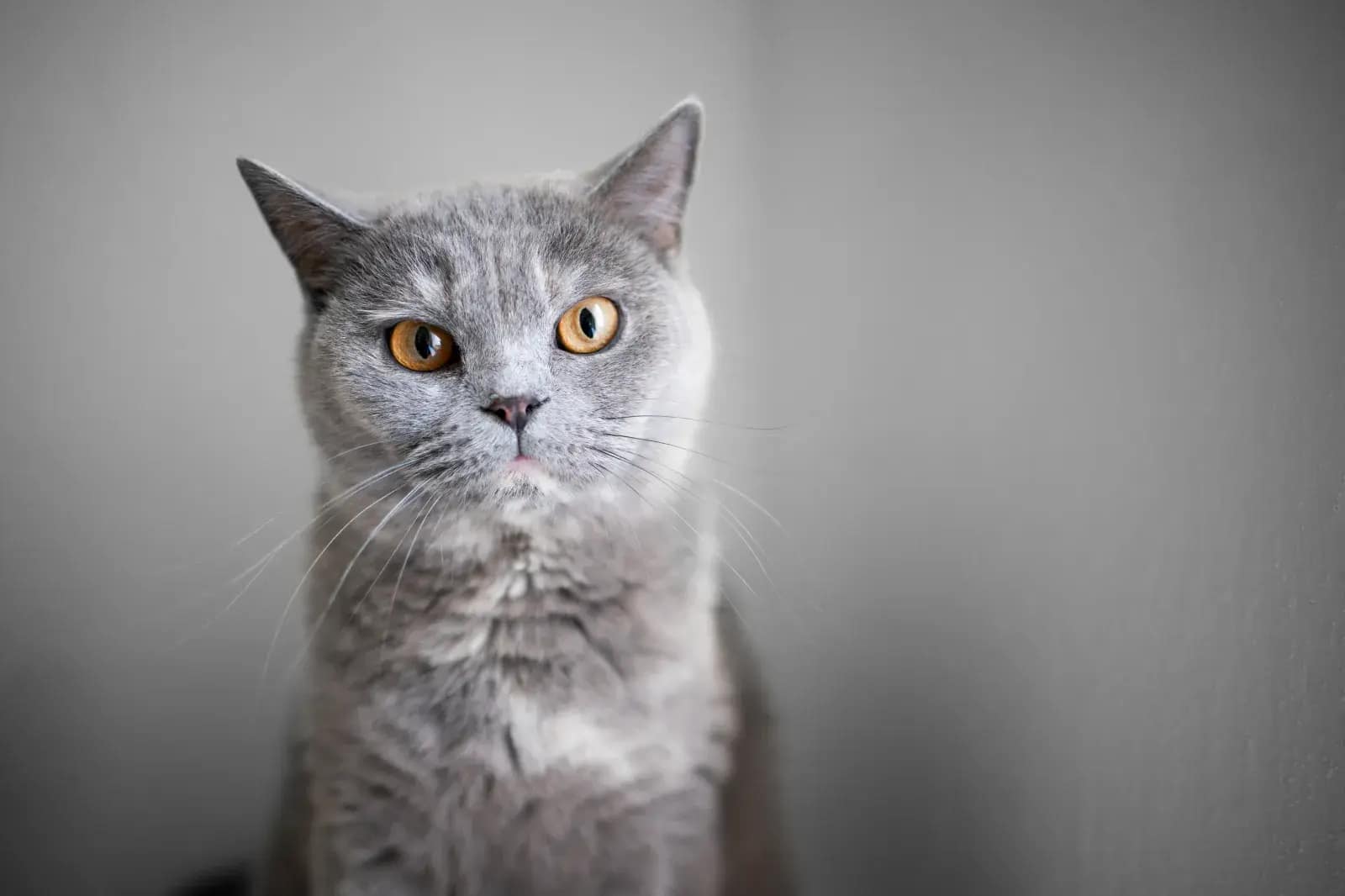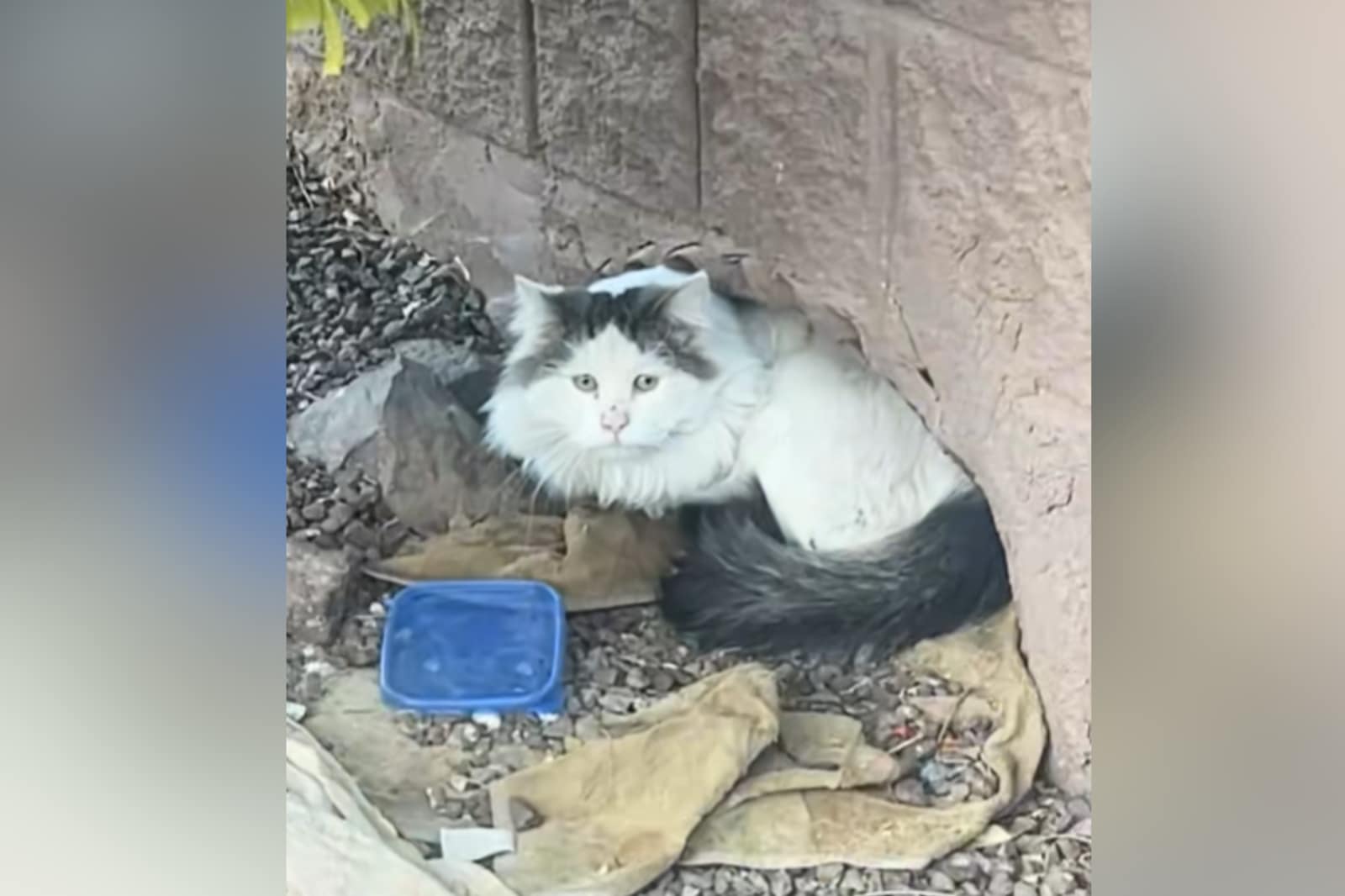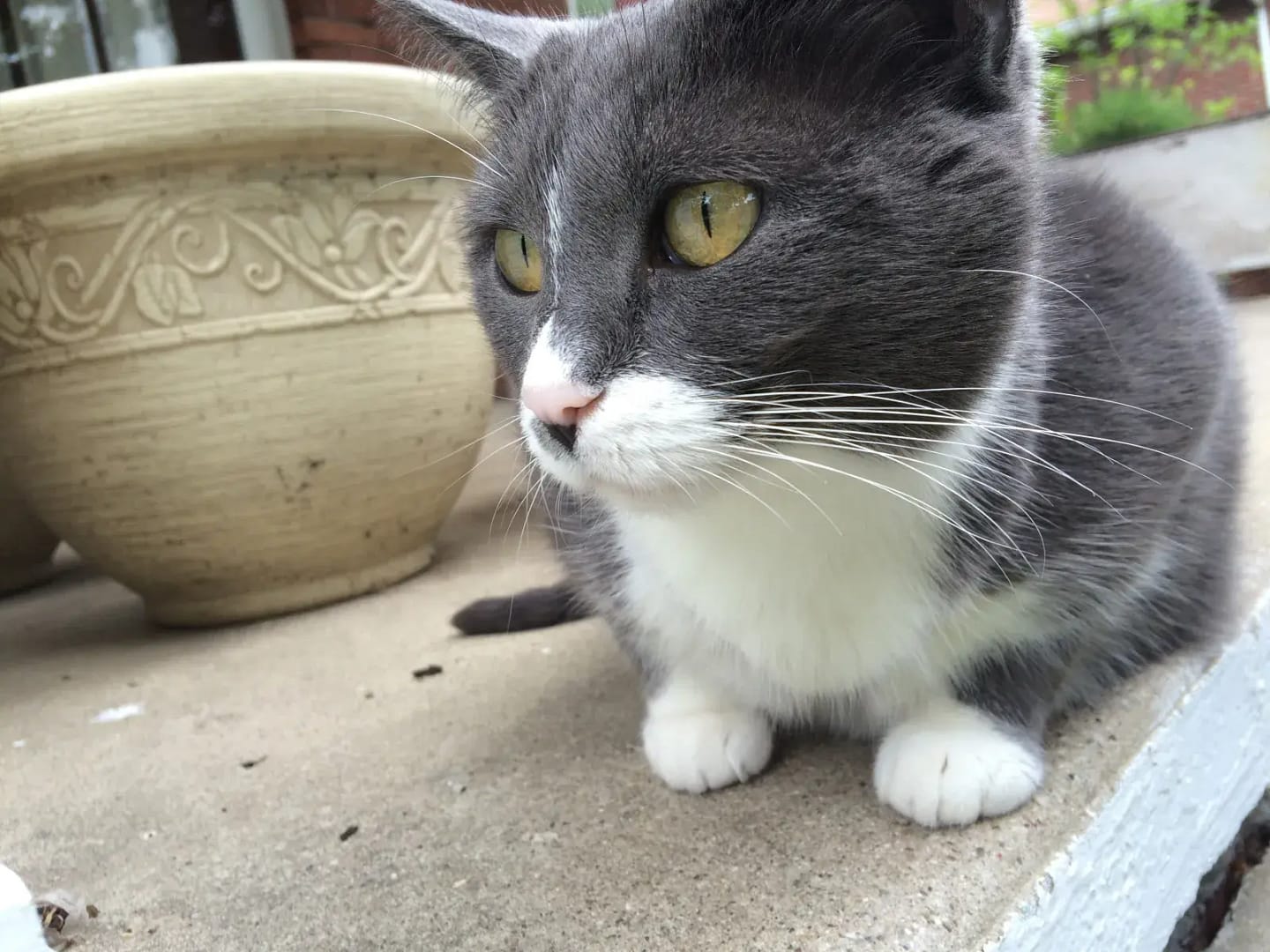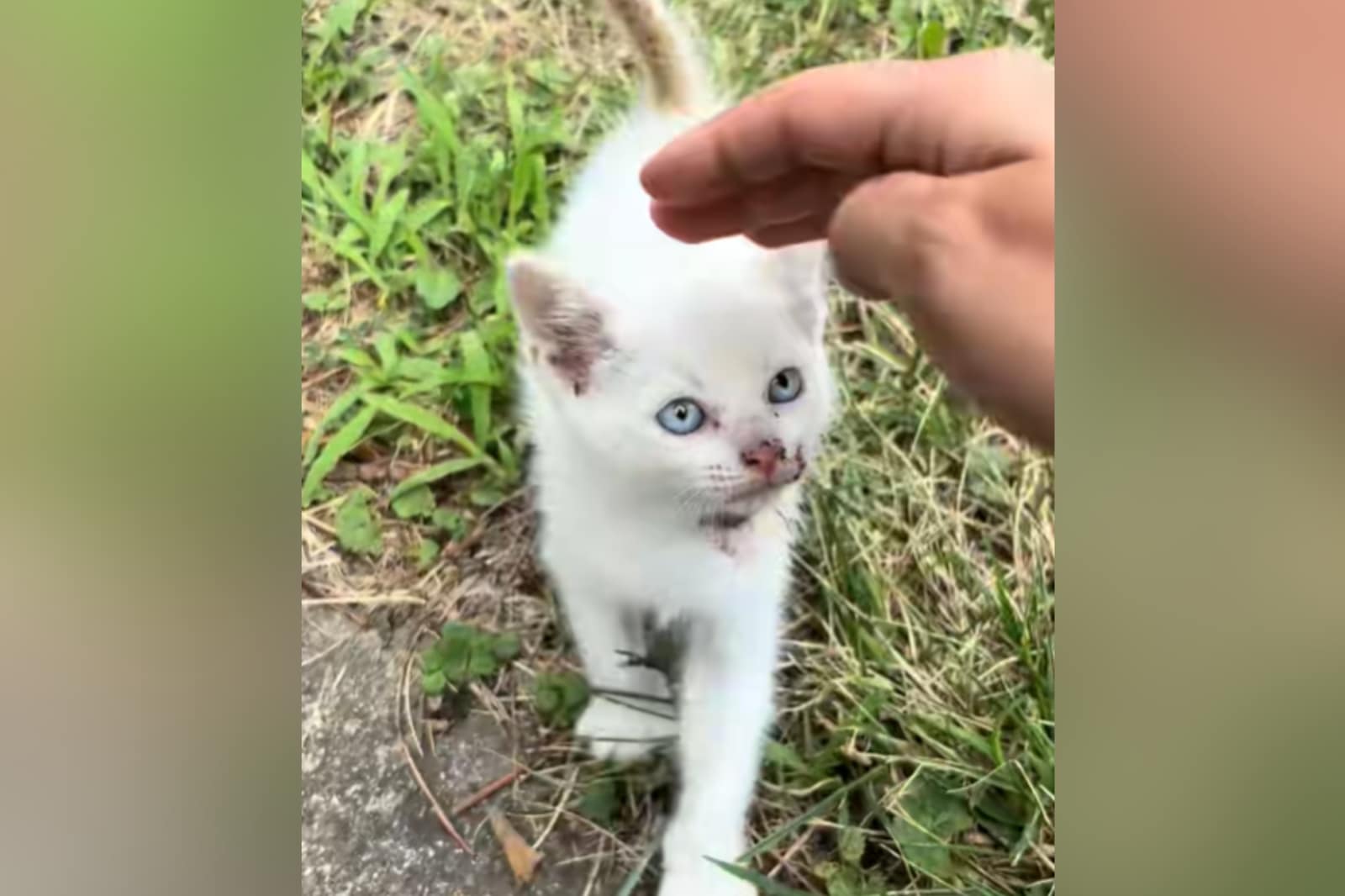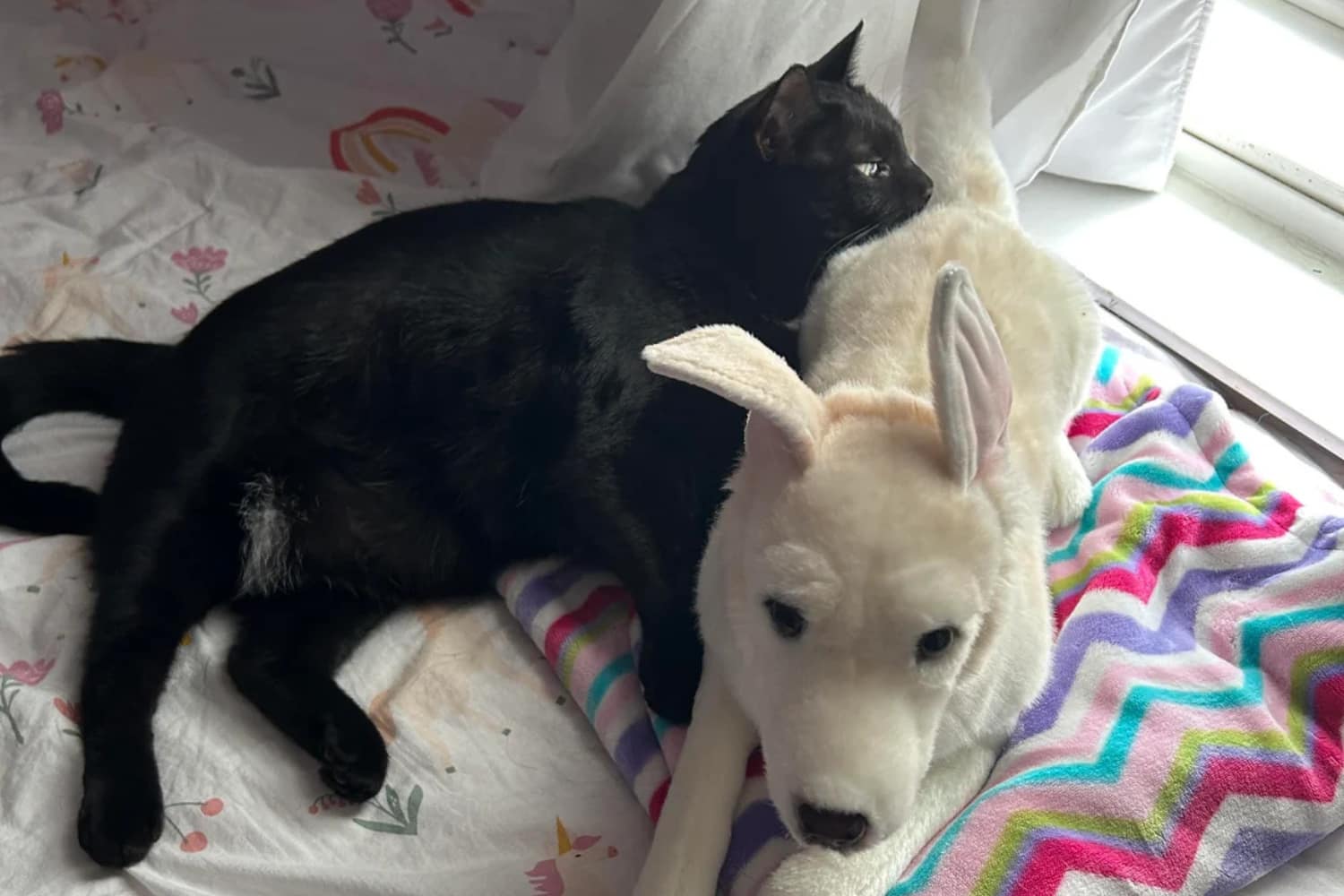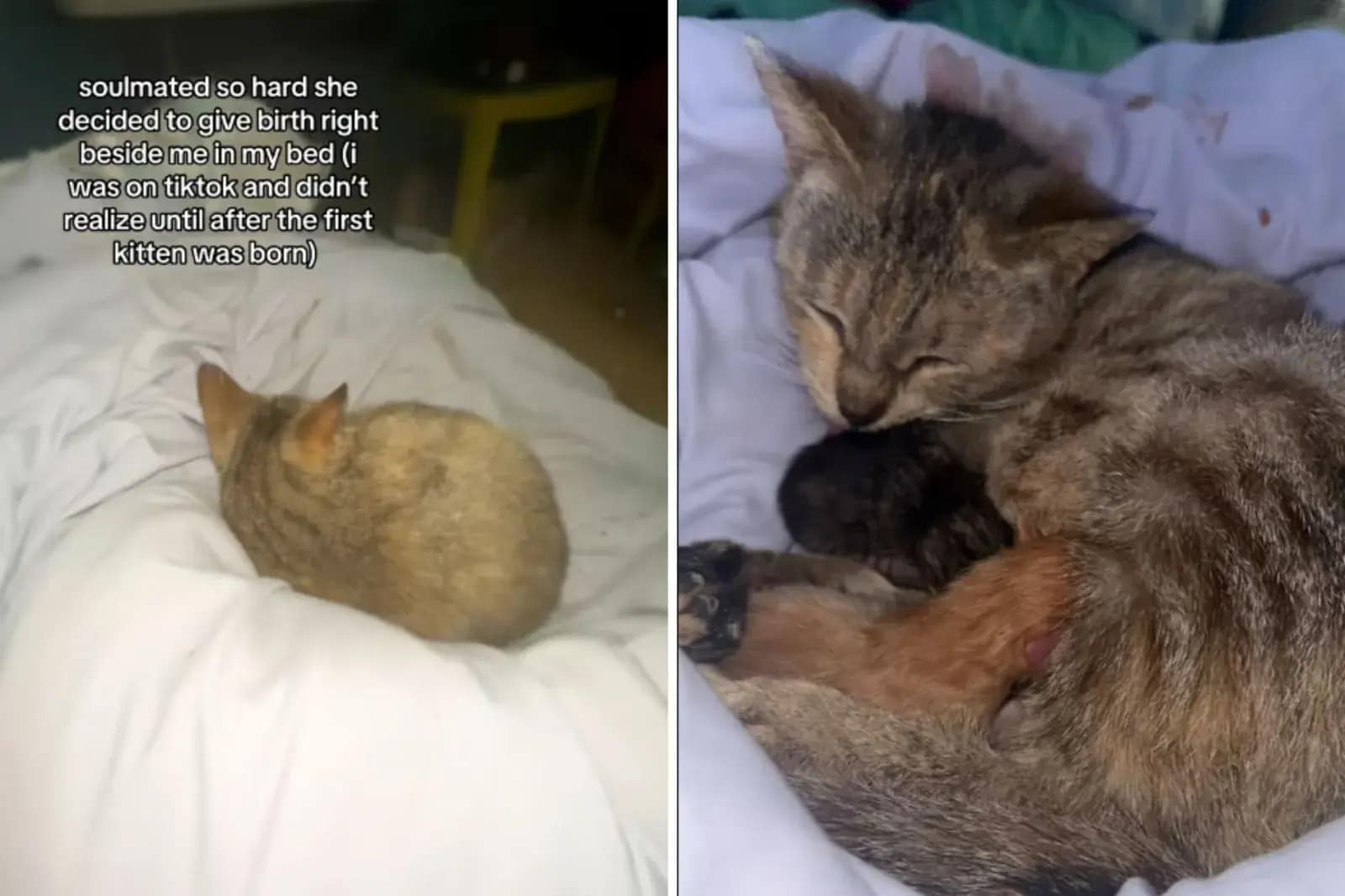Visión general de la raza
| Característica | Descripción |
| Personalidad | Highly intelligent, active, playful, and extremely affectionate. Often described as “dog-like” in its devotion and ability to learn tricks. Vocal, social, and enjoys being involved in family activities |
| Tipo de carrocería | Medium length rectangle, semi-foreign, neither compact nor elongated. Solid, well-developed musculature with clean lines |
| Peso | Males typically weigh 8-12 pounds (3.6-5.4 kg); females range from 6-8 pounds (2.7-3.6 kg). Average weight is 6-12 pounds (2.7-5.4 kg) |
| Origen Región | Primarily developed in North America (Canada/United States) from Siamese and Burmese lines, though similar cats appeared in ancient Thai texts |
| Vida útil | Generally 10-16 years, with many living into their late teens with proper care |
| Tipo de abrigo | Medium short, luxuriant, close-lying, fine, soft, and silky with a lustrous sheen, often described as “mink-like” |
| Colores del manto | Natural (Seal), Champagne (Chocolate), Blue, Platinum (Lilac), Cinnamon (Honey), Red, Fawn, Cream, Apricot. Also available in tortoiseshell variations of these colors |
| Nivel de desprendimiento | ⭐⭐☆☆☆ (Low to Medium) |
| Afecto hacia los humanos | ⭐⭐⭐⭐⭐ (Alta) |
| Dificultad asistencial | ⭐⭐⭐☆☆ (Moderado) |
Introducción
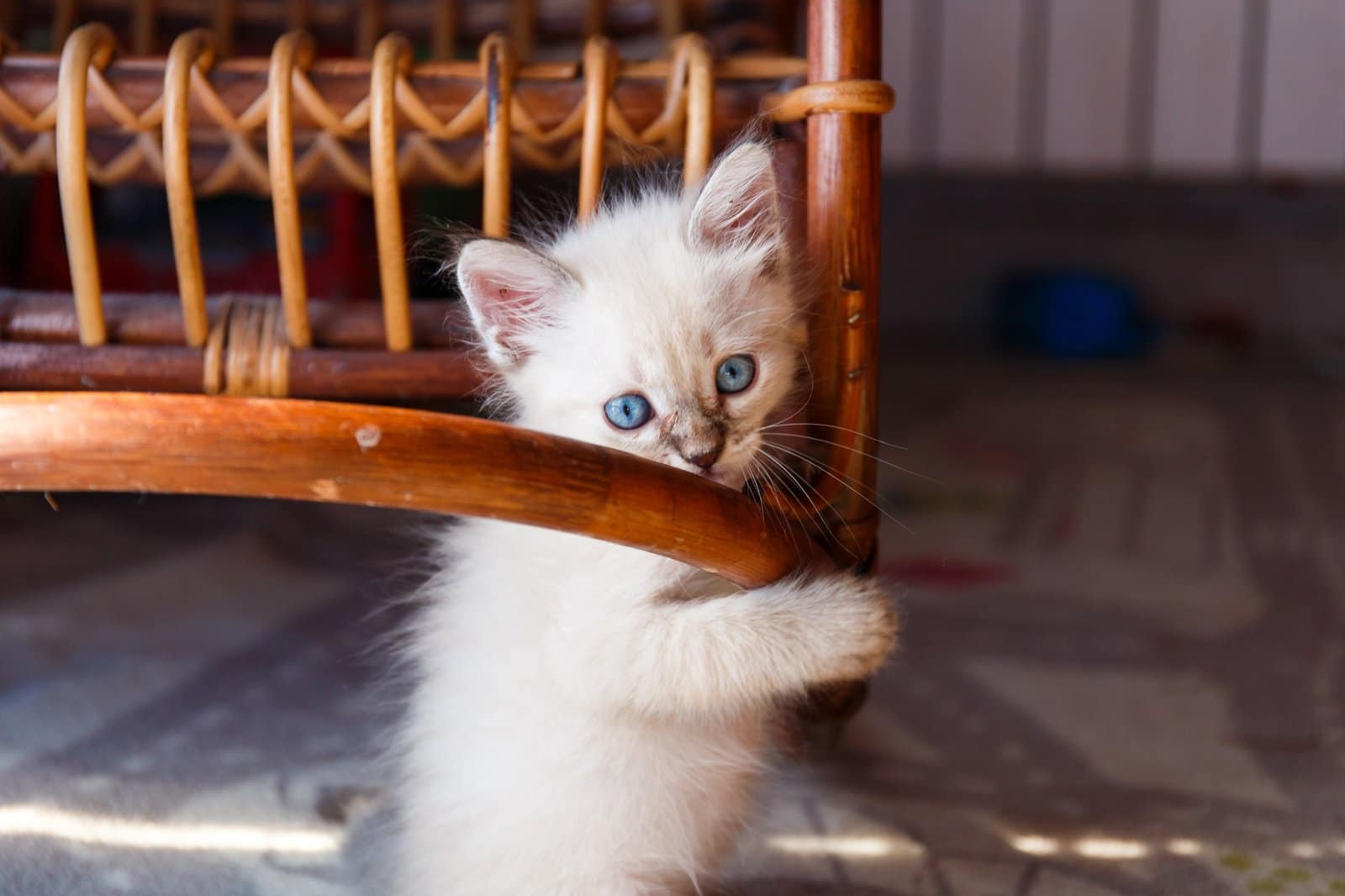
Tonkinese cat, a breed celebrated for its unique blend of intelligence, affection, and playful spirit.
Often described as the “best of both worlds” entre su Siamese and Burmese ancestors, the Tonkinese offers a delightful companionship experience for those seeking an interactive and loving feline friend.
Estos charming felines son conocidos por su personalidades atractivas, combining the inquisitive nature and vocal tendencies of the Siamese con el laid-back, “puppy-like” attitude of the Burmese.
Este patrimonio genético único results in a cat that is not only strikingly beautiful sino también deeply devoted and endlessly entertaining.
Historia de la raza
En history of the Tonkinese cat es un fascinating blend of ancient lore and modern selective breeding.
While often considered a relatively new “man-made” breed, similar cats appear in historical texts such as ‘The Cat-Book Poems of Siam’ del Ayudha Period (1358–1767), suggesting a long lineage in Southeast Asia.
These early depictions hint at cats possessing characteristics that bridge the gap between the Siamese and Burmese, indicating that natural pairings between these regional neighbors likely occurred for centuries.
En modern Tonkinese breed, as recognized today, is definitively the result of a deliberate cross between the Siamese and Burmese cats. This development primarily took place in North America.
Un significant figure in this history is Joseph Chessman “JC” Thompson, a United States Navy medical commander y established Siamese breeder.
En 1930, Thompson imported a hybrid mink-colored cat named Wong Mau de Burma to California.
While he initially worked with Wong Mau a isolate the brown sepia color that became characteristic of the Burmese breed, some believe Wong Mau herself was the first Tonkinese, representing the natural intermediate between the Siamese and Burmese.
Later, in the 1960s, Margaret Conroy of Canada is widely credited with intentionally creating the Tonkinese breed por crossing a Siamese and a Burmese to produce kittens with a distinct brown coat and blue eyes.
Este focused breeding effort destinado a combine the desirable traits of both parent breeds into a balanced and moderate feline companion.
En breed’s name itself has an interesting backstory. It was originally spelled “Tonkanese,” a name inspired by an island en el popular 1949 musical South Pacific where “half-breeds” were celebrated and free from discrimination.
Este symbolic choice reflected the breed’s hybrid nature y el intention behind its creation.
However, to avoid any mistaken association con el Tonkin region of Indochina or the Gulf of Tonkin incident during the Vietnam War, the spelling was eventually changed to “Tonkinese”.
Por 1971El Tonkinese gained official recognition as a new breed by the Canadian Cat Association, solidifying its place in the feline world.
Características físicas
En Tonkinese cat presenta una aspecto llamativoque incorpora un harmonious balance that avoids the extremes seen in some of its ancestral breeds.
It is a gato medianoa menudo descrito como surprisingly heavy for its size debido a su solid, muscular build. The overall impression is one of an alert, active, and gracefully athletic feline en superb condition.
En head of a Tonkinese es un forma de cuña modificada, gently curved and typically slightly longer than it is wide, tapering gently to a blunt muzzle.
High cheekbones contribute to their pleasant facial structure. Su medium-sized ears son ancho en la base con oval tips, tanto en el lado de la cabeza as the top, and pricked slightly forwardmejorando su expresión de alerta.
One of the most captivating features of the Tonkinese is their sparkling eyes. Shaped like a peach pitcon un almond top y un slightly more rounded bottomson de tamaño medio y set well apart, slanting towards the outer edge of the ear.
En eye color is particularly distinctive y directly correlates with the coat pattern, a unique genetic expression within the breed. Cats with a pointed coat typically have clear blue eyes, while those with the unique mink pattern display striking aqua (blue-green to green-blue) eyes.
Solid or sepia patterned Tonkinese, on the other hand, will have chartreuse, green-goldo yellow-green eyes. Este direct link between coat pattern and eye color es un defining physical characteristic de la raza.
En body of a Tonkinese es un medium-length rectangle, apareciendo neither compact nor overly elongated, reflecting its semi-foreign type.
Poseen un firm, well-developed musculature con clean lines y un taut abdomen. Su legs are fairly slim y proportionate to the bodycon el hind legs being slightly longer than the front.
Tienen oval-shaped feety su cola suele ser wider at the base, tapering gently to a slightly blunted tipcon un length approximately equal to their body de rump to shoulder blades.
En Tonkinese coat es medium short in length, densey close-lyingcon un fine, soft, and silky texture that boasts a lustrous sheena menudo descrito como “mink-like”.
This coat comes in a wide array of beautiful colors and patterns. There are three primary coat patterns:
Burmese Colour Restriction (BCR), also known as solid
Tonkinese Colour Restriction (TCR), known as mink
Colourpointed Pattern (CPP)o puntiagudo
Comportamiento y personalidad
En Tonkinese cat es famosa por su personalidad vibrante, a cautivadora mezcla de rasgos heredado de su Siamese and Burmese lineage. These felines are exceptionally sociable and affectionate, thriving on human companionship.
They are often found following their human companions from room to room, eager to “help” with daily chores, or simply overseeing activities from a nearby perch.
Tonkinese are expert cuddlers, loving nothing more than to curl up in a lap, lounge beside their human in bedo incluso ride on a shoulder, ofreciendo warmth, soft purrsy undivided attention.
Más allá de su carácter afectuoso, Tonkinese are highly energetic and playful. They possess an complexión atlética y un boundless enthusiasm para climbing, jumping, exploringy participar en sesiones de juego interactivo.
Intelligence is another hallmark of the Tonkinese. Son highly inquisitive y aprenden rápidocapaz de mastering puzzle toys, learning tricks like fetch, and even demonstrating surprising feats como opening doors o turning off lights.
Aunque generalmente less insistent than their Siamese relativesson charlatán y communicate their needs and desires through a wide range of sounds, a menudo speaking when spoken to y expecting a response.
A frequently observed characteristic is their “dog-like” behavior. This extends beyond their trainability to include their devociónsu enjoyment of interactive games like fetchy su tendency to greet and entertain visitors, assuming guests have arrived specifically to see them.
Este "naturaleza "perruna signifies that they are highly interactive y require significant engagement from their human companions, making them less suitable for individuals seeking a more independent or aloof feline.
Su sociable nature extends to other pets and children. Tonkinese generally get along well with other cats, perros aptos para gatosy niñosespecialmente cuando socializados desde pequeños.
Sin embargo, su inteligencia y gran energía come with a caveat: a Tonkinese can become mischievous if bored or left without sufficient attention. Son clever y puede find their way into cabinets o incluso outside if not adequately stimulated.
Guía de cuidados
Dieta
A Tonkinese cat’s diet should consist of high-quality, animal-based protein as the primary ingredient, providing the essential amino acids, vitamins, and minerals crucial for their overall health and energetic lifestyle.
A pesar de su naturaleza activasu predisposition to overeating means owners must be diligent about portion control and structured feeding a prevent weight-related health problems.
Ejercicio
Tonkinese cats son naturally active, playful, and athleticque requiere ejercicio regular para mantener su bienestar físico y mental.
Son not content to simply lounge all dayellos need outlets for their energy. A minimum of 30 minutes of structured, interactive play per day is often recommended.
Engaging them in activities that mimic huntingcomo chasing wand toys, jugar a buscaro interacting with puzzle feederses muy beneficioso.
Medio ambiente y enriquecimiento
Tonkinese cats are adaptable and can thrive in diversas situaciones de vidade apartments to larger homes, as long as their environment is rich in stimulation and companionship.
En crave attention and interaction from their human family members, making a home where they receive plenty of company ideal.
To cater to their active and inquisitive nature, proporcionando vertical spaces is crucial. Cat trees, shelves, and perches allow them to climb, jump, and observe their surroundings from elevated vantage pointssatisfaciendo sus instintos naturales.
Su fuertes necesidades sociales mean a lack of companionship puede conducir a stress or behavioral problems; therefore, proactive enrichment and social solutions are vital. If a Tonkinese is left alone for extended periods, they are prone to developing separation anxiety.
To help alleviate this, owners can leave a radio or television on to create the illusion of company, provide a safe hideaway like a kitty condo or box with a piece of the owner’s scented clothingy engage in interactive play rather than just cuddling to build confidence.
For households where owners are frequently away, considering a second feline companion puede proporcionar much-needed social interaction y significantly reduce the risk of anxiety and unwanted behaviors.
Grooming
En Tonkinese boasts a short, fine coat es decir mantenimiento relativamente bajohaciendo su grooming routine straightforward.
A cepillado semanal con un rubber brush or soft-bristled brush suele ser suficiente para eliminar el vello suelto, minimizar el desprendimientoy distribute natural skin oilsconservando su abrigo healthy and gleaming.
While coat grooming is minimal, dental health is a significant breed-specific vulnerability para Tonkinese cats. Son more prone to dental diseases como gingivitis y enfermedad periodontal. Por lo tanto, consistent, proactive dental care is crucial.
Estimulación mental
Mental stimulation is paramount for the well-being of a Tonkinese cat. En highly intelligent and active felines, their minds require as much exercise as their bodies.
En adequate mental enrichment helps keep them contenido, reduces the likelihood of unwanted behaviors como aggression or destructiveness, and contributes to both their salud física y mental.
A falta de compromiso mental puede conducir a significant behavioral problems, emphasizing the need for consistent, varied enrichment.
Problemas de salud
| Condición | Descripción y síntomas | Gestión y prevención |
|---|---|---|
| Enfermedades dentales (Gingivitis, Periodontal) | Gum inflammation, tartar buildup, bad breath, pain, difficulty eating; may cause tooth loss and systemic issues. | Brush teeth 3x/week, regular dental cleanings, dental-friendly diet. |
| Enfermedad del tracto urinario inferior felino (FLUTD) | Straining to urinate, frequent/inappropriate urination, blood in urine. | Ensure adequate water intake (e.g., fountains), stress reduction, urinary-supportive diet. |
| Enfermedad inflamatoria intestinal (EII) | Chronic vomiting, diarrhea, appetite and weight loss. | Prescription diets (e.g., novel/hydrolyzed proteins), anti-inflammatory meds. |
| Amiloidosis | Abnormal protein deposits in organs (liver/kidneys); can cause organ failure. | Genetic screening where applicable; early detection and supportive care. |
| Asma felina (bronquitis alérgica) | Coughing, wheezing, labored breathing due to allergen-triggered airway inflammation. | Avoid triggers (dust, smoke); manage with bronchodilators or corticosteroids. |
| Hipertiroidismo | Weight loss despite increased appetite, hyperactivity, vomiting, diarrhea—common in older cats. | Medication, radioactive iodine, surgery, or special diets; regular screening. |
| Hypokalemic Myopathy | Muscle weakness, neck bending (chin-to-chest posture); can be intermittent. | Genetic testing for breeders; potassium supplements to control symptoms. |
| Miocardiopatía hipertrófica (MCH) | Thickened heart muscle; may cause heart failure or sudden death. | Regular heart screening (e.g., echocardiogram); medication to manage heart function. |
| Ojos bizcos (estrabismo) | Misaligned eyes, primarily cosmetic. | No treatment usually needed; not preventable. |
| Poliquistosis renal (PKD) | Cyst growth in kidneys leading to early kidney failure. | Genetic testing for breeders; supportive renal care and monitoring. |
¿Es esta raza la adecuada para usted?
| Adecuado para | No apto para |
|---|---|
| Owners who enjoy interactive, affectionate pets and are frequently home | People with demanding schedules or who are often away—Tonkinese cats need constant companionship |
| Homes with other pets (cats or dogs) or family members who can provide social interaction | Single-pet households where the cat may be left alone for long hours |
| Individuals who can provide enriching environments with toys, puzzles, and vertical spaces | Those unwilling or unable to provide daily playtime and stimulation—may lead to destructive behavior |
| Apartment or house dwellers with space for indoor climbing and play areas | Households that cannot accommodate active play or provide vertical enrichment |
| Families with respectful children and multiple pets—Tonkinese cats are social and patient | Homes with very rough children or pets that may stress a gentle cat |
| Owners interested in training—Tonkinese cats are smart, playful, and trainable (tricks, fetch, leash) | People who have no interest in interacting beyond basic care or providing mental challenges |
| Those seeking a low-shedding, low-grooming cat—only weekly brushing needed | People who are not committed to regular dental care—Tonkinese are prone to dental disease |
PREGUNTAS FRECUENTES
Are Tonkinese cats vocal?
Yes, Tonkinese cats are known for being quite chatty. They have soft, melodic voices, often described as less harsh than their Siamese relatives, but they are certainly not shy about expressing their needs and desires. They will speak when spoken to and expect a response, engaging in lively “conversations” with their human companions.
Do Tonkinese cats shed a lot?
No, Tonkinese cats are considered low to medium shedding. Their short, close-lying coat requires minimal upkeep. While no cat is entirely non-shedding, the Tonkinese sheds very little, making them a relatively clean choice for many households.
Are Tonkinese good with kids and other pets?
Yes, Tonkinese cats are generally very friendly and sociable, making them an excellent choice for families. They typically get along well with children, other cats, and cat-friendly dogs, especially when properly socialized from a young age. Their patient and easy-going nature allows them to adapt well to multi-pet households.
Are Tonkinese cats high maintenance?
While their physical grooming needs are low due to their short coat, Tonkinese cats are considered moderate maintenance overall because of their significant social and mental needs. They demand a high level of attention, interaction, and mental stimulation. Owners must be prepared to dedicate time to play, training, and enrichment to keep them happy and prevent boredom-related behavioral issues.
Can Tonkinese cats be trained?
Absolutely! Tonkinese are highly intelligent and respond exceptionally well to training. They are quick learners and can be taught a variety of tricks, including playing fetch, walking on a leash, and responding to commands. Positive reinforcement and consistent, short training sessions are most effective with this breed.
What are common health issues for Tonkinese?
Tonkinese are generally healthy, but they are predisposed to certain conditions. These include dental diseases (gingivitis, periodontal disease), Feline Lower Urinary Tract Disease (FLUTD), Inflammatory Bowel Disease (IBD), and amyloidosis.
They may also be prone to feline asthma, hyperthyroidism, hypokalemic myopathy, hypertrophic cardiomyopathy, and crossed eyes (strabismus). Regular veterinary check-ups and proactive care are essential for managing these risks.
Datos complementarios
A Tonkinese cat named Shun Gon makes an appearance in the classic Disney film “The Aristocats”.
Despite their name, the Tonkinese cat has no direct geographical link to the Bay of Tonkin in Vietnam. The breed was originally named “Tonkanese,” inspired by an island in the musical “South Pacific” where “half-breeds” were safe and accepted.
Tonkinese cats possess a “belly flap,” also known as a primordial pouch. This extra skin on their abdomen serves to protect their belly during fights and provides additional room if the cat happens to overeat.
Known for their cleverness, Tonkinese can be quite crafty. They have been known to figure out how to open doors or cabinets in their quest for exploration or delicious snacks.
The beautiful mink-like coat of a Tonkinese cat undergoes a fascinating transformation. It can take up to two years for their full body color to develop, and their coloring will continue to darken as they age.
Referencias
“Tonkinese”. Consejo de Gobierno de Cat Fancy. Recuperado el 31 de enero de 2024.
Salta hasta:a b c d e “Cat Fancier’s Association: Breed Profile: Tonkinese”. Retrieved 5 November 2024.
Houle, Tori (15 December 2014). “The Tonkinese”. Pet Health Network. Retrieved 1 January 2020.
Salta hasta:a b “Tonkinese Standard” (PDF). Consejo de Gobierno de Cat Fancy. Recuperado el 31 de enero de 2024.
"WCF - Federación Felina Mundial". wcf.info. Retrieved 23 July 2023.
Asociación Internacional Felina (1 May 2004). “TICA: Tonkinese Breed Standard” (PDF). www.tica.org. Retrieved 5 November 2024.
Helgren, J. Anne (1997). “6: The Recognized Breeds”. Enciclopedia de razas de gatos. Barron’s Educational Series, Inc. p. 220. ISBN 0-7641-5067-7.
Albasan, H.; Osborne, C. A.; Lulich, J. P.; Lekcharoensuk, C. (2012). "Factores de riesgo de urolitos de urato en gatos". Revista de la Asociación Americana de Medicina Veterinaria. 240 (7): 842-847. doi:10.2460/javma.240.7.842. PMID 22443437.
Salta hasta:a b “Tonkinese Genetics: Color, Coat Pattern, Eye Color”. www.tonkinesebreedassociation.org. Retrieved 2 January 2020.

